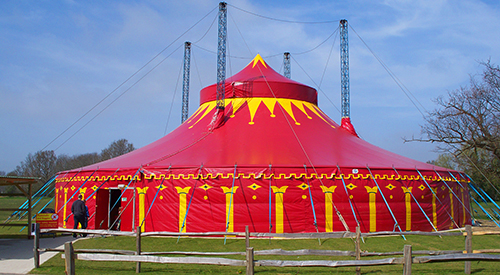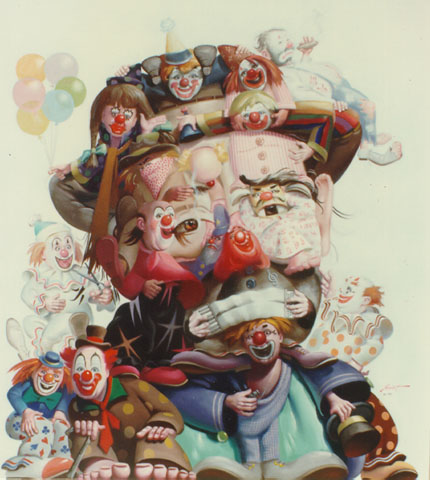Full Pane: Europa (C.E.P.T.) 2002 - Circus (Georgia 2002)
Europa (C.E.P.T.) 2002 - Circus (Georgia 2002)
22 March (Georgia ) within release Europa (C.E.P.T.) 2002 - Circus goes into circulation Full Pane Europa (C.E.P.T.) 2002 - Circus face value 480 Georgian tetri
| Full Pane Europa (C.E.P.T.) 2002 - Circus in catalogues | |
|---|---|
| Michel: | Mi: GE 397-398KB |
| Stanley Gibbons: | Sg: GE 379a |
Full Pane is horizontal format.
Also in the issue Europa (C.E.P.T.) 2002 - Circus:
- Se-tenant - EUROPA 2002 - The Circus (bklt setanent pair) face value 1.20;
- Stamp - Artists of the Circus - Acrobat face value 40;
- Stamp - Artists of the Circus - Acrobat face value 40;
- Stamp - Artists of the Circus - Tbilisi Circus face value 80;
- Stamp - Artists of the Circus - Tbilisi Circus face value 80;
- Full Pane - Europa (C.E.P.T.) 2002 - Circus face value 480;
Full Pane Europa (C.E.P.T.) 2002 - Circus it reflects the thematic directions:
A circus is a company of performers who put on diverse entertainment shows that may include clowns, acrobats, trained animals, trapeze acts, musicians, dancers, hoopers, tightrope walkers, jugglers, magicians, ventriloquists, and unicyclists as well as other object manipulation and stunt-oriented artists. The term circus also describes the field of performance, training and community which has followed various formats through its 250-year modern history. Although not the inventor of the medium, Newcastle-under-Lyme born Philip Astley is credited as the father of the modern circus.
A clown is a person who performs comedy and arts in a state of open-mindedness using physical comedy, typically while wearing distinct makeup or costuming and reversing folkway-norms. The art of performing as a clown is known as clowning or buffoonery, and the term "clown" may be used synonymously with predecessors like jester, buffoon, joker, fool, or harlequin. Clowns have a diverse tradition with significant variations in costume and performance. The most recognisable clowns are those that commonly perform in the circus, characterized by colorful wigs, red noses, and oversized shoes. However, clowns have also played roles in theater and folklore, like the court jesters of the Middle Ages and the jesters and ritual clowns of various indigenous cultures. Their performances can elicit a range of emotions, from humor and laughter to fear and discomfort, reflecting complex societal and psychological dimensions. Through the centuries, clowns have continued to play significant roles in society, evolving alongside changing cultural norms and artistic expressions.


